Indigenous Worldview Is a Source We Now Urgently Need
COVER: Arhuaco Elder & 1Earth Institute Inc. Director, Calixto Suarez Villafane, © 1Earth Institute Inc. 2018
Our global reality is one of a depleted Earth, the consequence of the havoc we have inflicted through our economies onto our living support system. Are we going to live like lemmings, racing toward self-destruction? Or are we going to sensibly re-learn how to sustainably survive and thrive?
In his article on the coming revolution, “Life After Patriarchy,” Alnoor Ladha thoughtfully wrote: “Climate change, increasing inequality and rampant poverty are not ‘externalities’ of a well-functioning system, as the economists would have us believe, but rather the logical outcome of a set of rules, norms and cultural practices.”[1]
We have programmed our economic operating system with more: more extraction, more consumption, more of everything… What a misapprehension it is to believe that the economy can grow forever when our home and our support systems are finite.
Like every species on this earth, humanity must abide by the rules of the ecosystem that sustains us. As much as we might like to think it, Nature’s laws and feedback cycles have not been suspended on our behalf.
But, if we want to reprogram our economic operating system and bring in wholesale change, we need to address the root of our problems: our thinking.
This is a perfect example of the insanity of doing the same thing over and over again and expecting different results. And, needless to say, we cannot solve problems in the same frame of mind in which we created them.
We have accepted as our prevailing worldview that economics is some kind of infallible ‘force of nature.’ But we need to remember that our worldviews stem from beliefs that we have learned and have chosen to live by. We can adjust or un-choose.
Learning from Original Instructions
Who can teach us a way of thinking distinct from the prevailing concepts? Though there is not one prescribed way, perhaps we should consider that the answer may lie with our traditional cultures.
An Earth-centered worldview is what has always guided our indigenous cultures around the world. Does it matter that indigenous peoples have lived sustainably for millennia and have treated the Earth with profound respect and acted as Her custodians? Yes. The United Nations estimates that indigenous territories cover approximately 20 percent of the Earth’s landmass. This 20 percent landmass stewarded by indigenous peoples amazingly contains 80 percent of the world’s remaining biodiversity.
As Robin Wall Kimmerer states so succinctly:
The indigenous worldview has been marginalized for generations because it was seen as antiquated and unscientific and its ethics of respect for Mother Earth were in conflict with the Industrial worldview, bent on treatment of the Earth as if what native people call gifts were nothing more than resources destined for consumption by humans. But now, in this time of climate change and massive loss of biodiversity, we understand that the indigenous worldview is neither unscientific nor antiquated but is, in fact, a source of wisdom that we urgently need. [2] [emphasis added]
Reprogramming Our Operating System
We are collectively experiencing profound disintegration and breakdown of our old structures and beliefs; we want our world to make sense again and allow decency to prevail. Our present worldviews no longer serve us. Consequently, we need to adopt a different intelligence, a different worldview, in order to adjust our operating system from the inside out.
Consider the wisdom of Chief Phil Lane:
We are all part of the ancient Sacred Circle of Life, and therefore we are all Indigenous Peoples of Mother Earth…. To embrace and reclaim our Indigenous relationship to all Life is to remember and lovingly celebrate our sacred relationship with our Mother Earth, all relatives of our One Human Family and our kinship with all Life. [3]
This reprogramming of our operating system contains two causally consistent ground rules common to the beliefs of all traditional societies.
Adjustment Instruction 1 | We Are Not Superior
Let us drop the delusion of the universe revolving around us humans. We are learning with surprise and humility that we do not own the Earth. We owe Her our survival.
It is logical, therefore, that if we want to survive, we need to reclaim intuitive ways of knowing and align our thinking with life, not against it.
Let us re-evaluate the worldview that we are the superior sentient master species on Earth and, instead, establish a relation and kinship with nature and spirit. Robin Wall Kimmerer reminds us of “…the fallacy of human exceptionalism, that we are fundamentally different and somehow better, more deserving of the wealth and services of the Earth than other species.” [4]
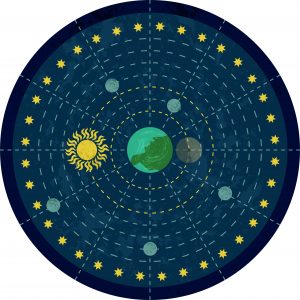
Make no mistake; this is as revolutionary a shift in collective thinking as when Galileo debunked the geocentric model with the sun and the moon revolving around Earth. Just as our sun does not revolve around the Earth, neither does the Earth revolve around humanity. Because we are not masters, but, rather, interdependent members in a world that includes non–human beings, what hurts them will hurt us.
Adjustment Instruction 2 | We Are Not Separate
“Why does much of the world not comprehend our sacred interrelationship with Nature and Spirit?” This is what Calixto Suarez Villafañe, an Arhuaco elder from the Sierra Nevada De Santa Marta, Colombia, is often asked by his elders.
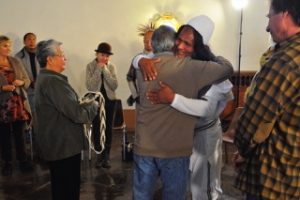
© Seth Roffman. 2017
Calixto is a director of 1Earth Institute. He also is an emissary for the Mamos majores, or chief Elders of the Arhuaco and Kogi peoples, who rarely descend from their high mountain sanctuaries and are the spiritual leaders and knowledge keepers of the people of the Sierra.
They are the descendants of the Tairona civilization, from which the Inca and Aztec also descended.
The peoples of the Sierra survived the onslaught of the conquistadors by retreating into mountainous sanctuaries in the Sierra and controlling the access routes to their retreats. Nowadays, these high sanctuaries no longer offer safety from deadly paramilitaries and the avaricious grasping of companies and landowners.
According to Calixto:
Until now, what human beings have reached for is self-destruction, the destruction of Mother Earth, of the mountains, the poisoning of the sea, of the rivers, of the lakes, and the reduction of the flora and fauna. We are seeing how we are impoverishing the planet and those who live there. Humans have strayed from their path and are accelerating their self-destruction. [5]
Calixto is signaling a call for action through 1Earth Institute: “As Mamos, we are harmonizers and guidance counselors. The Mamos are calling for a radical change, a transformation.”
Whenever he returns from his travels, Calixto drives for three hours up the Sierra and walks or rides a horse for another 16 hours to report back to the Mamos majores and receive his instructions.
You would not know by meeting them who they are, they present themselves as such humble beings. They are simply dressed: men, women, and children all in white—plus or minus a number of stripes, representative of their region of origin.
They have the distinctive indigenous features of the Tairona, some have quite sharp, angular faces. Outstanding are their eyes. They are the most beautiful, warm, dark eyes, which gaze at and through you—gentle, clear, and yet, you sense the sharp intellect and the slumbering, fierce fire of their souls. They prefer not to look at you directly.
Both sexes wear their dark hair long. Apparently it never goes white with age. The distinctive white caps worn by the Arhuaco men symbolize the snowfields of the mountain peaks of the Sierra.
The Mamos want the world to hear their warning and their deep concerns about the precarious state of all life on Mother Earth:
Our ancestors left us in this space, caring for and harmonizing the Earth and Humanity. We live in harmony with all natures beings: water, earth, fire, wind, the sun, humans, and also animals and plants, which are essence of the divine.
All life on Earth is intrinsically intertwined and interconnected, and we humans are no exception. But how do we see ourselves? As separate entities outside the web of life that surrounds us. This is reflected in Western science, which uses analysis by objective separation through dispassionate observation.
This intentional separation of the ‘knower from the known’ is pervasive throughout our economic logic and ecosystem management in industrialized nations, and therein lies the misbelief which informs our economic activities.
By comparison, most traditional knowledge systems are founded on intuitive and spiritual relatedness. There is no separation in such traditional knowledge systems: time-honored observations are firmly grounded in the knowing that all is related and interconnected, and the observer is a vital part of the system observed.
Once we accept this ‘disconnect myth’ for what it is—an erroneous belief and worldview—we will re-connect with our family of non-human beings and find our way back home. Have we not been lost and felt an inexplicable deep yearning for knowing—a reflective sense of the sacredness of creation—its cohesiveness and absolute interrelationship? “Western civilization, despite its phenomenal achievements, developed on the foundation of this fundamental split between Spirit and nature—between creator and creation.” [6]
The natural law is simple: humility to take from nature, to give back and to maintain balance spiritually and physically. For us, the Arhuaco, humility is a sign of wisdom. That is what we want to pass on to future generations. The Mamos invite us to discover again our truthful identity, our ancestors, our roots and taking care of these roots, and of the knowledge of the Mamos. In this way, we can arrive into the deepest aspects of this knowledge and transmit it to others. – Calixto Suarez Villafañe
Isn’t it extraordinary and comforting for all of us to know that the Mamos care for the Sierra, for Mother Earth, for them, for us, and that their lives are dedicated to maintaining balance? By contrast, are we aware of the forces we are unleashing? Realise, there is a hard reality edge to this for the Mamos: it has become harder and harder for them to continue their work. They need to recover their land and their Kankurwas (sacred temples). They believe we are close to reaching a point of no return.
How then can we reclaim our ‘Indigenous relationship to all Life?’ Together with the Mamos and Indigenous elders from around the world we are preparing a set of indigenous instructions on what we need to do – “to remember and lovingly celebrate our sacred relationship with our Mother Earth, all relatives of our One Human Family and our kinship with all Life.”
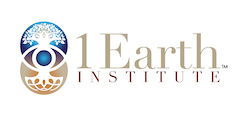 1Earth Institute is a global indigenous-nonindigenous partnership and believes that the rethinking of our economies involves integrating traditional wisdom ways to reconnect us to land, country, and spirit. Our view is that the traditional stories are not just tales from other worlds and artifacts from the past, but hold the instructions for our survival and our future.
1Earth Institute is a global indigenous-nonindigenous partnership and believes that the rethinking of our economies involves integrating traditional wisdom ways to reconnect us to land, country, and spirit. Our view is that the traditional stories are not just tales from other worlds and artifacts from the past, but hold the instructions for our survival and our future.
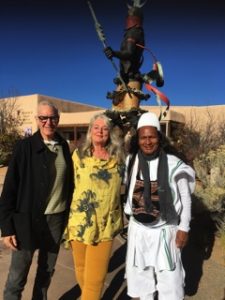
Behar (Advisory Board member & CEO As You Sow)
© 1Earth Institute Inc. 2018
Gratitude
I would like to acknowledge my debt and gratitude to my dear friend and co-director Calixto Suarez Villafañe; to the inspirational Robin Wall Kimmerer; to all my elders and indigenous elders who have patiently taught me; and to all of our nonhuman teachers and family.
References
[1] Ladha, A. (2018). Life After Patriarchy: Three Reflections on the Coming Revolution, Kosmos Online, available at https://www.kosmosjournal.org/news/life-after-patriarchy-three-reflections-on-the-coming-revolution.
[2] Kimmerer, R. (2016). Harmony with Nature: Fifth Annual Conference at the United Nations, April 2015, Kosmos Journal, Spring/Summer, available at: https://www.kosmosjournal.org/article/harmony-with-nature.
[3] Chief Phil Lane of the Ihanktonwan Dakota and Chickasaw Nations, Indigenous Wisdom for Compassionate Living and Unified Action, available at http://indigenouswisdomcourse.com.
[4] Kimmerer, R. (2014). Returning the Gift, Minding Nature Journal, Vol. 7, No. 2, available at https://www.humansandnature.org/returning-the-gift-article-177.php.
[5] Quotes from Calixto Suarez Villafañe are based on my personal communication with him.
[6] Baring, A. The Real Challenge of Our Times: The Need for a New Worldview, available at http://www.annebaring.com/anbar09_philosophy.htm.


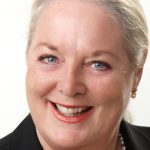
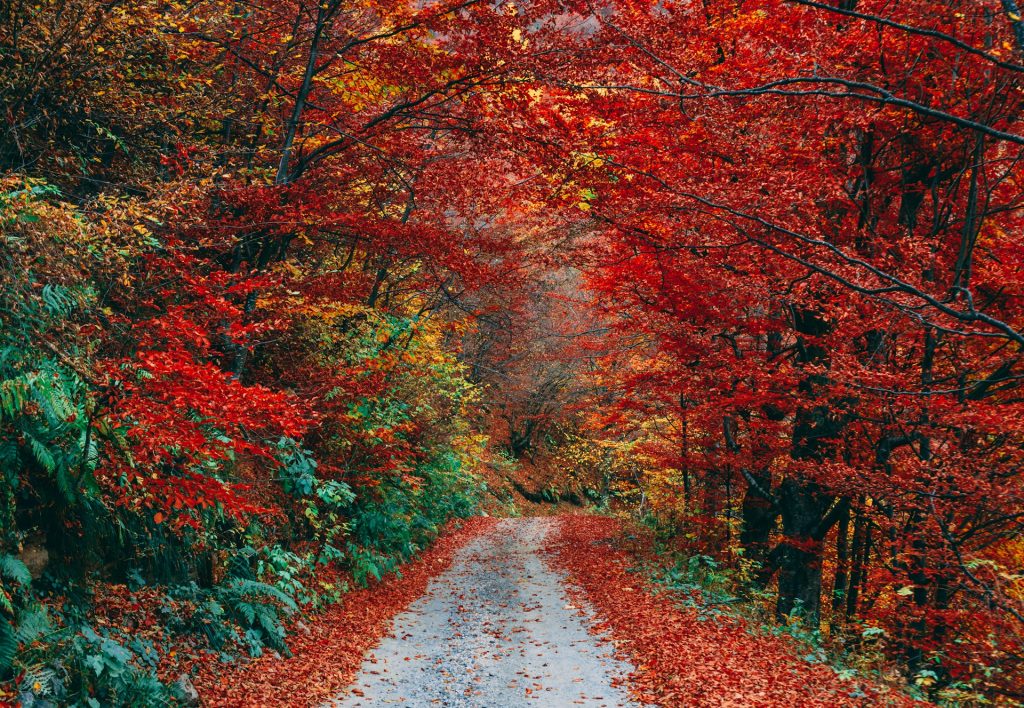
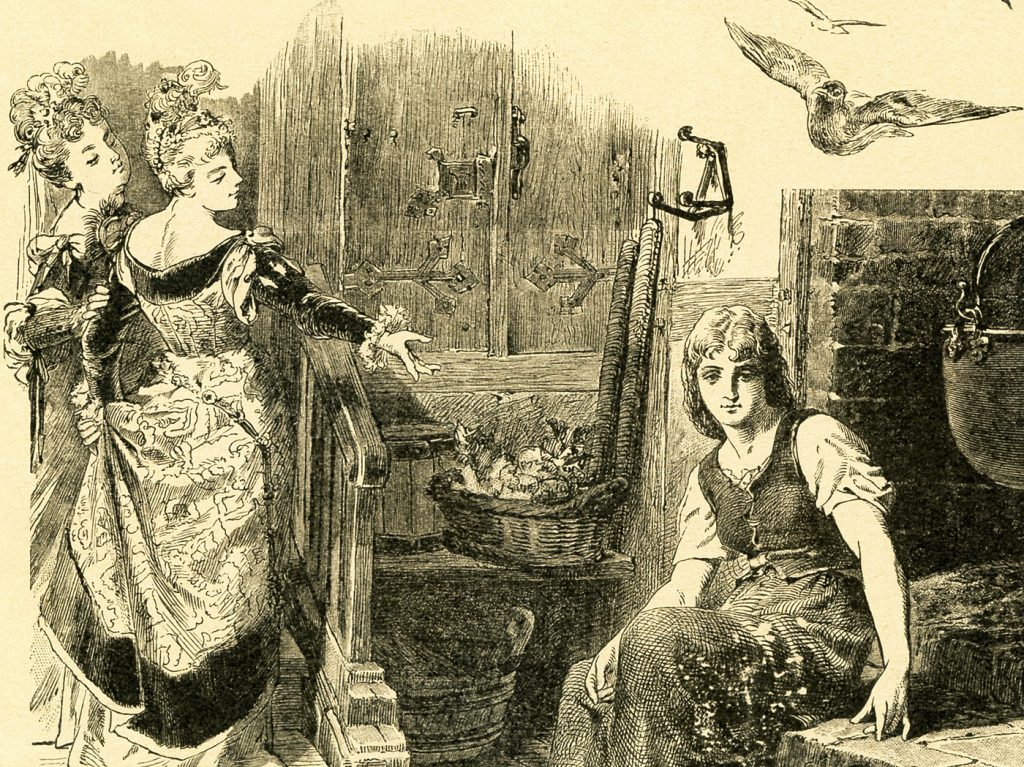

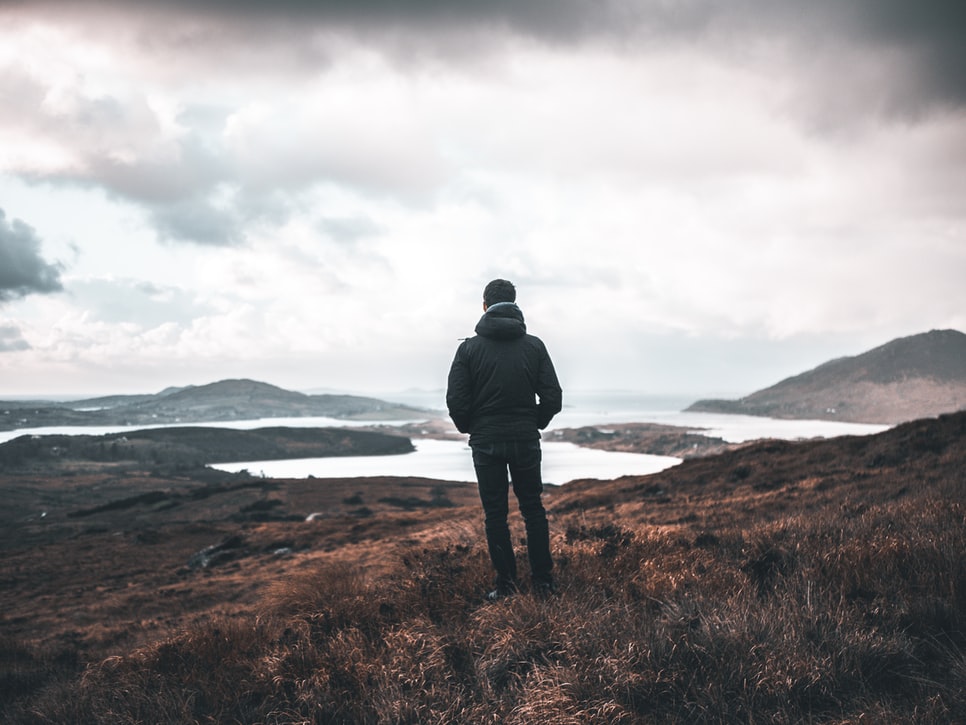
I hope that thinking of an “Earth-centered” world view will take into account what Earth wants. Earth wants humans to go to other planets and come back. But as the human race approaches this capability, we have gone disastrously off course.
“Why does much of the world not comprehend our sacred interrelationship with Nature and Spirit?”
I have studied that question — where western philosophy and education went horribly wrong — , as I have regained the ability to communicate with trees, cars, ancestors, angels and demons, and Earth itself.
Earth’s message is here: http://earthwarning.org/